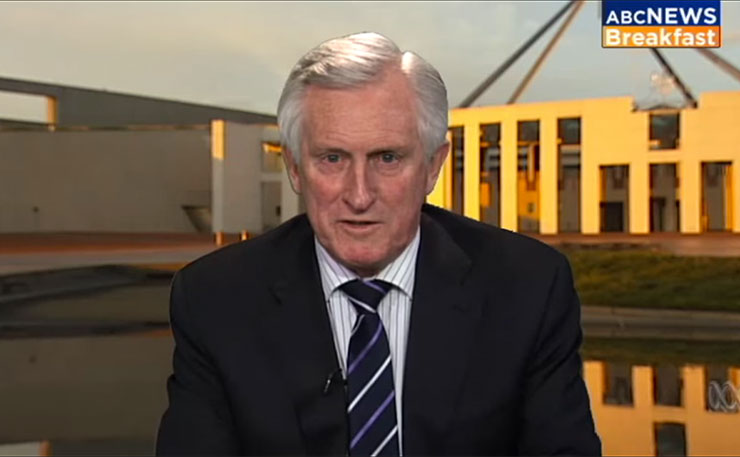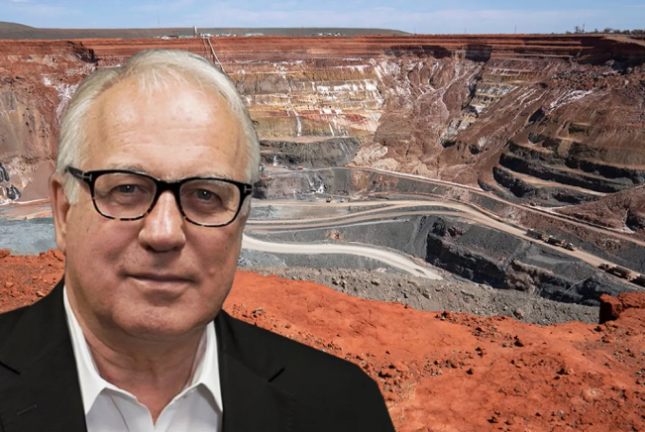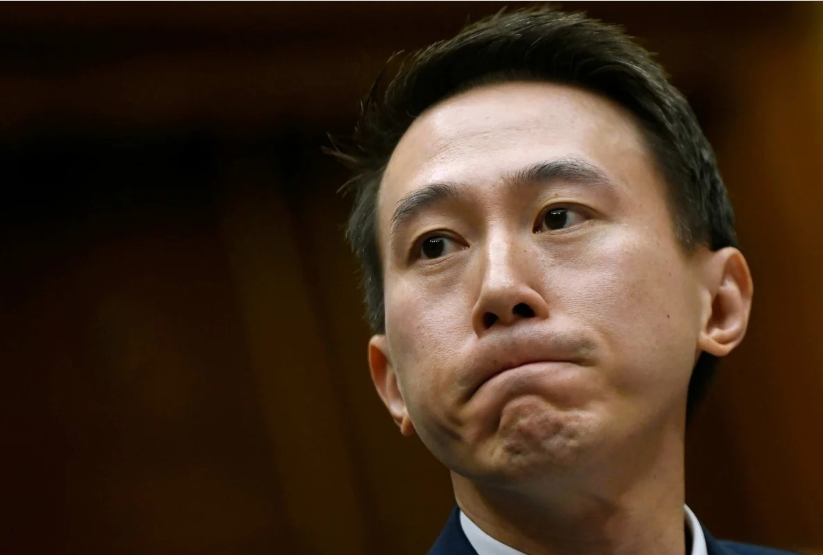
The White Australia policy stands out as probably the most significant blemish on this country’s national character and unity, as well as its global reputation, with continuing consequences today.
It has been said that latent racism, carrying echoes of White Australia, persists across the country and all walks of life. We have seen it emerge at football games and other events. Politicians have been known “to play the race card” when they believe that appealing to prejudice will afford them some political advantage.
In light of Australia’s colonial history, it should come as no surprise that race would become a dominant undercurrent in the public discourse about the upcoming referendum, with the “No” case appealing to those who believe the White Australia-era Constitution should not be amended. How else can we make sense of many of the misrepresentations and claims of opponents of the Voice to Parliament? How are we to understand John Howard’s call for people “to maintain the rage”, if not for its racial connotation?
Our Constitution was drafted by protagonists of White Australia, strongly supported by zealots such as Alfred Deakin, who became our second prime minister.
First Australians were not recognised as it was assumed they were a “dying race”. Among the first pieces of legislation passed after Federation was the Immigration Restriction Act 1901, which was initiated just nine sitting days after the Duke of York officially opened the Australian parliament. The law’s aim was essentially to ensure a predominantly British population, by restricting non-white, and particularly Asian, immigration and enabling the deportation of undesirable migrants. It is difficult to understand by what standards their desirability would have been judged, given the British settlements were primarily penal colonies.I would hazard a guess that Pearson’s address, unlike a couple of others on this theme of the referendum, will be studied in schools in the future. It was a speech for the ages. It mattered.
Aboriginal Australians were also targeted. A range of policies was directed at so-called protection and assimilation of Aboriginal people into white society, one of which was the removal of Aboriginal children from their families and culture. By 1912, the government was working to remove all people of mixed Indigenous and non-Indigenous descent from reservations across Australia, with the goal of forced assimilation into the white community. It is not too much of a stretch to claim that these policies were designed collectively to destroy Aboriginal society.
As Barry Jones has pointed out in this publication, at the time of the arrival of the First Fleet, Australia’s Indigenous communities had well-established traditions and practices, art and mythology, spoke roughly 500 languages and dialects, and made and traded tools, weapons and goods. So much of this was lost in the ensuing violence and generations of repression and neglect that followed. Non-Indigenous Australians still have so much to learn from First Australians about land and river and water management, among other things.
The initial focus of immigration on Britain was subsequently widened to southern and eastern Europe, to the Middle East and just a few Asian countries. After World War II there was an attempt to re-emphasise the “favoured” British immigrants, with the Assisted Passage Migration, or “ten-pound Pom”, scheme. This program invited Britons to come to work in Australia to help meet the country’s postwar industrial development and infrastructure needs.
The White Australia policy was unwound in a number of steps, starting with the Holt government’s migration review in 1966, which shifted the focus of the program to migrant skills and their capacity to contribute to the country’s priorities. In 1973, the Whitlam government formally renounced the policy and shifted the focus to multiculturalism.
However, a racial dimension to immigration policy was raised again by then opposition leader John Howard in the 1980s, when he called for a slowdown in Asian immigration, and again with the arrival of Pauline Hanson on the political scene, in her maiden speech to parliament in 1996 and subsequent statements about Muslims.
These attitudes are at odds with the fact Australia has become probably the most successful and tolerant multiracial, multiethnic, multireligious society in the world – the envy of many. It is a tragedy that our nation hasn’t come to terms with its history and built on a recognition of the world’s longest continuous civilisation, with 65,000 years of history. We cannot conceive of the vastness of the opportunity that is being lost through this myopic, frightened governance. If the referendum fails, the world will see we have missed this opportunity.
For many years I have travelled widely for both business and academia, and it has always troubled me greatly that I am so often questioned about whether this country still upholds the White Australia policy. This is still a common perception, and its persistence should bother us as a nation.
In 1967, when I was a student at Sydney University, there was no significant presence of Aboriginal people. Having been taught nothing about Indigenous history in high school, my only awareness of Aboriginal issues was some knowledge of the 1965 Freedom Ride that was designed to bring to the attention of the public the extent of racial discrimination in Australia. This publicity provided something of a basis for the 1967 referendum that finally led to the counting of Aboriginal people in the census.
I would like to imagine that in 2023 our university campuses are more engaged, and that the obvious need for First Australians to be properly recognised and heard is readily embraced and understood, without being swayed by the fear and hatred propagated by many in the “No” camp.
The most disturbing point in this campaign for me has been the vilification of people such as distinguished academic Marcia Langton, who had the courage and good sense to draw attention to the racial undercurrents of the “No” campaign. It was not racist of her to point this out. She was stating facts. Yet many who criticised her had been running a fear campaign claiming that the Voice would racially divide our nation. The treatment of her was abhorrent and emphasises why the country so badly needs to come to grips with its history and acknowledge the need for proper recognition.
The recent speech of leading “Yes” campaigner Noel Pearson to the National Press Club hit the mark. He spoke eloquently about his vision for the future, a better future. He laid out what sort of country we should aspire to be.
He rejected the argument from the opposing camp that the Voice could divide Australia by race: “We’re not a separate race – we’re humans,” he said. “It’s just that we are Indigenous. And you go to some parts of the world and indigenous people are blond and blue-eyed. This is not about race. This is about us being the original peoples in the country.”
His comments contrasted sharply with those of Nyunggai Warren Mundine in the same forum the previous day, in which the “No” campaign leader described the Uluru Statement from the Heart as a “declaration of war”.
“Only love can move us now,” Pearson said. “It’s the love of home. Our Australian home is the source of this love.”
I would hazard a guess that Pearson’s address, unlike a couple of others on this theme of the referendum, will be studied in schools in the future. It was a speech for the ages. It mattered.
In an important sense, the referendum provides an opportunity to clearly move beyond our White Australia past by responding positively to the wishes of First Australians – that is, their request as to how best to be recognised, as expressed in the Uluru Statement from the Heart. Giving them an advisory Voice can also help our leadership do better than the failed attempts of the past to develop effective policies to deal with Indigenous disadvantage.
This is not about guilt but a positive expression of love and unity for our national future.
John Hewson is a professor at the ANU Crawford School of Public Policy and former Liberal opposition leader.



